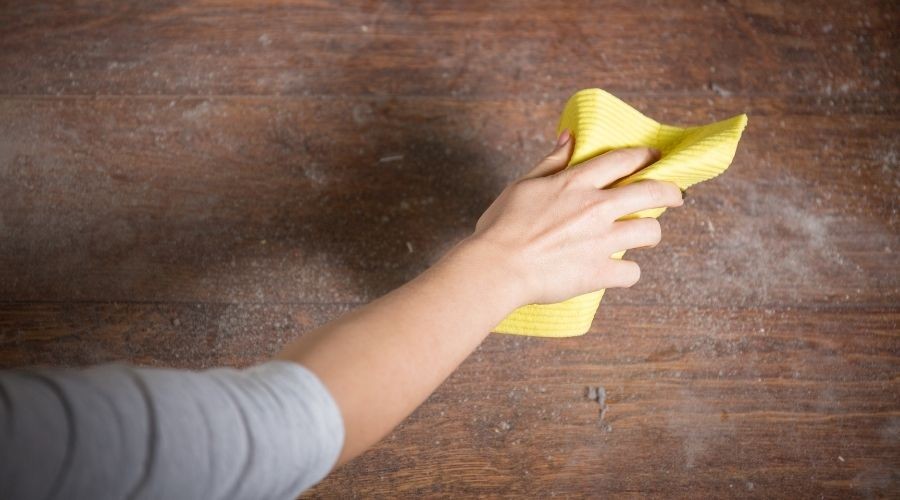Common Indoor Air Quality Hazards: A Look at 3 Substances
Every person wants their home to be a place of security, health, and happiness, but one may not immediately consider indoor air quality. The health benefits of good air quality are well documented, especially for those vulnerable people with chronic lung problems and immune system compromises.
Everyone who spends any time inside should be concerned with the potentially harmful substances that can lurk in indoor air.
The Problem with High Humidity
Water is necessary for life and is almost always considered a good thing. Just as too much rain can cause struggles for the environment, so too much moisture inside a home can cause major structural problems and health problems for its inhabitants. Too much moisture can cause any of the following issues:
- Breathing Problems
- Mold Growth
- Dust Mite Growth
- Corrosion
- Warping of Wooden Furnishings
The Danger of VOCs
- Aerosol Sprays
- Air Fresheners
- Cleaning Products
- Paint
- Adhesives
- Pesticides
- Solvents
Both short-term and long-term health issues can result from exposure to VOCs. Some of the short-term effects include eye, nose, and throat irritation, headache, and dizziness. Continued exposure can lead to nosebleeds and vomiting. Long-term exposure has been linked to certain types of cancer.
The Poison of Carbon Monoxide
Carbon Monoxide is represented by the molecular formula CO for one carbon(C) atom and one oxygen (O) atom. It is not to be confused with CO₂ (carbon dioxide), one carbon atom, and two oxygen atoms. While CO₂ is in the air and is a waste product that human bodies exhale with each breath, CO is an odorless, colorless gas emitted from exhausts of cars and the like and will poison people with overexposure.
CO can attach to red blood cells and take oxygen molecules which will cause serious physical problems. Symptoms of CO poisoning:
- Headaches
- Nausea
- Dizziness
- Confusion
- Breathing problems
- Blurry vision
- Tachycardia
- Chest Pain
- Seizures
- Coma
- Death
Because the human senses cannot detect CO, if a homeowner is concerned about carbon monoxide coming into their home, they should get it analyzed immediately. If there is no leak, but the potential is there, purchasing a CO detector is the way to go.
If people in a home start to experience these symptoms or suspect a gas leak, these are the steps that one should take.
- Get out of the house: Do not allow people to be exposed longer than necessary.
- Call the gas company: Use a neighbor’s phone or a cell phone, so no one has to be in the house.
- Consider a doctor’s visit: If anyone in the home is experiencing more severe symptoms, call a doctor or visit the urgent care or emergency room.
About Jerry Brittingham A/C & Heat, Inc.
For nearly 20 years, Jerry Brittingham A/C & Heat, Inc. has been serving their customers with 100% satisfaction guaranteed workmanship and free diagnostic visits. Call today for HVAC services in the Daytona Beach, FL area.



























